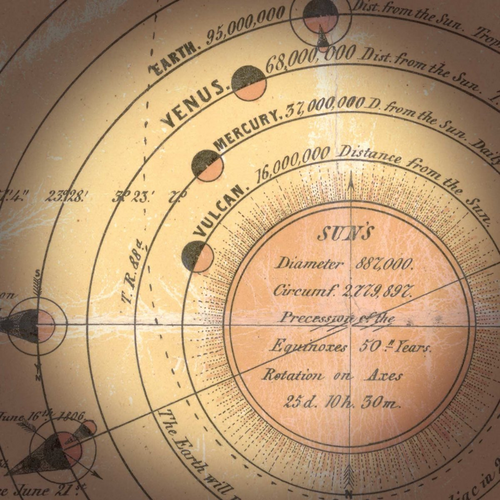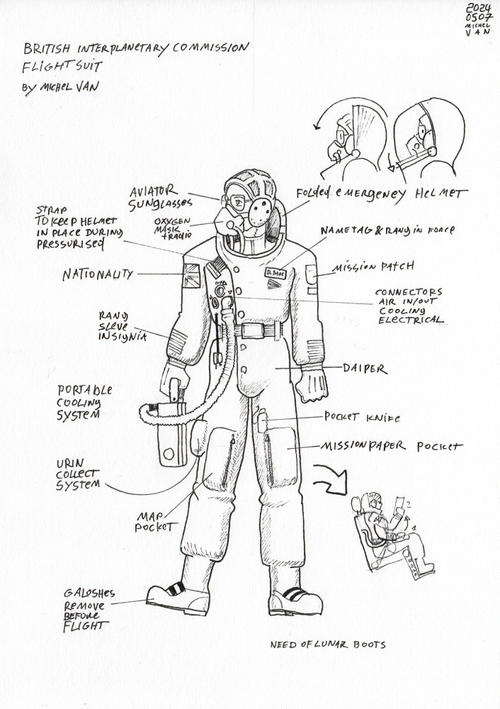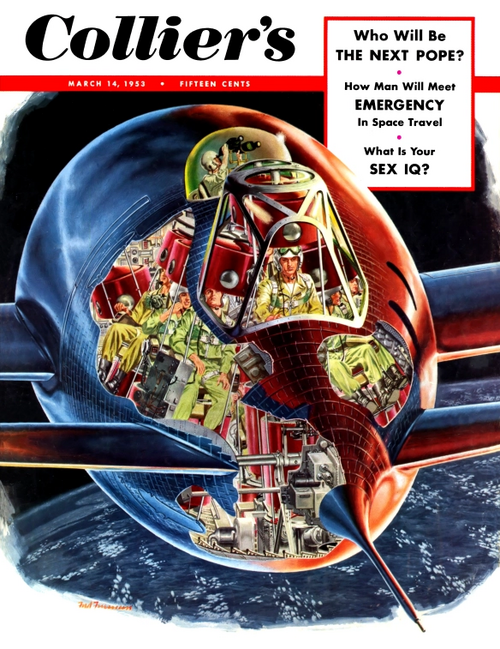Dear Mr. Kind Sir Gentleman Astronautics, I think it would really enormously help to speed this discussion along if you would just plainly lay out the *exact* scenario, departure point, and objective of your game plan, as well as any boundary conditions and constraints you consider vital, because otherwise this discussion will end up as just another grabbing in the dark exercise, and I won't partake in any of those anymore.
Agreed, wholeheartedly.
the *exact* scenario, departure point
you mean the precise departure point from history, I assume? In that case, the lore starts in the 1850s with the discovery of Vulcan, but doesn't kick off until WW2 has concluded.
Britain becomes the first to break the sound barrier in 1946 in the Miles M.52, and this makes it so Britain becomes a bit more open to the idea of more wacky projects. They conduct operation backfire, as in our timeline, but then the project comes under the control of the British Interplanetary Society, as they have special permission to construct a man-carrying missile, known as Project Megaroc.
A group of astronauts are recruited from the finest flyers of the RAF and the RAE, the MC of the game among them, one Wg Cdr David Rathbone. These would be the "megaroc men"
The MC is selected for the first manned flight of the megaroc in November of 1947, which goes smoothly. At the same time, the soviets and Americans, not wishing to be outdone by the british, launch their own manned missiles a few weeks later, on much more impressive trajectories, but still suborbital.
This new, albeit brief, venture out into the frontier spurs on the development of rocketry no end, and is a massive morale booster for the british people. Clement Attlee makes a speech on the night of April 30th, 1948, stating that, " I wish to see the heavens crossed in the name of the scientific benefit of man, and for the betterment mankind itself "
This marks the beginning of the Space Race. On 23rd April, 1948, after the soaring success of the first 3 manned flights to space, the first International Spaceflight Conference is convened in Washington, at the Americans behest. Major figures from RaketaKosmos, the BIC and NACA are all in attendance. The conference was held to determine the place man fills in the heavens, and the future direction of the world’s space programs.After much deliberation over the course of 2 days, major scientific figures and politicians agreed that Space should be International Waters, and that man should set his eyes on the Ultimate goal, The Moon.Instantly, papers across were thrown into a frenzy of excitement, as at last, the space age had come
What followed was a series of firsts that I shall write in a date format, as this description is getting a bit long
- July -1949: First satellite (UK)
- August 1951: first orbital flight of a man (USSR)
- November 1951: first Englishman in orbit
- February 1953: First spacewalk (US)
- May 1953: First rendezvous in space (UK, between rocket-plane and radio beacon)
- October 1954: First flight around the moon (US)
- November 1954: First soft landing on the moon (USSR)
- January 1955: First deep-space EVA (UK)
- June 1955: first interplanetary object (US- Venus Express)
- September 1955: US and UK announce joint lunar mission after individual national landings, invitation extended to Soviets
- December 1955: First Manned Lunar Landing (UK)
- April 1956: First Soviet lunar landing
- July 1956: first American lunar landing and longest duration lunar landing
- September 1957: construction of national lunar bases begins
- March 1958: Point Prospero is activated in BIC service, acting as a proto-colony and testing station
- December 18th 1958: game takes place
Sufficient enough info for the scenario? And what do you mean for the Games primary objective?




